Parakeets and Phalaropes
Published: July 24, 2014
Tags: General Observations, Monk Parakeet, Red-necked Phalarope, Wilson's Phalarope, Caspian Tern, Lesser Yellowlegs
I was happy to learn the Monk Parakeets I've been visiting for the past few years were back again in the Rochester area. I had gone back to see the parakeets in January, only to find that their huge, stick nest, atop a cell tower in a shopping plaza, had been taken down by some disgruntled shop keepers! How disappointing! BUT... they're BACK! The parakeets have started a new nest at the same location - and I hope they're left alone.
When I first arrived, I didn't see any sign of the birds, so I sat down and patiently waited for them. I heard them three times before one finally appeared, their raucous calls coming from the neighboring trees.
This time, the bird sat down about mid-way down the cell tower on a ladder-like rung. I was able to get a few better photos at this lower height than my last visits.
As I was preparing to leave, I got a message from Pat Martin (thanks, Pat!) that the Red-necked Phalarope in the Tonawanda WMA had been refound by Sal. At least we THOUGHT it was the same phalarope. As it turns out, it was a different bird and this time, it was accompanied by two Wilson's Phalaropes to boot! I high-tailed it out there and was happy to see all three phalaropes, having missed the Red-necked a couple of days earlier. There weren't nearly the numbers of shorebirds at the marsh on this visit, but we saw many, many more Semipalmated Sandpipers than the last time.
Although we seem to get a visit or two from the three species of phalaropes each year, they are still a rare occurrence and I love getting the opportunity to see these pretty, little shorebirds. It was especially nice having them near one another so I could compare their physical characteristics. The Red-necked was much more dainty than the heavier-looking, more stocky Wilson's. The two Wilson's Phalaropes exhibited differences in their plumage. I'm not sure if it was a difference in their molting or if the one with more red was a female. Females in this species are the brighter birds, unlike most other species.
Some other species that were nice to see at the marsh were: impressive numbers of Great Egrets (nearly 80 of them!), Great Blue Herons, Green Herons, a Black-crowned Night Heron, an American Bittern flying over the marsh (good eye, Brian Morse!), Short-billed Dowitchers (a personal favorite), many peeps (Least Sandpipers and Semipalmated Sandpipers), many yellowlegs, Osprey, three Wilson's Snipes, and a few Black Terns, including a juvenile.
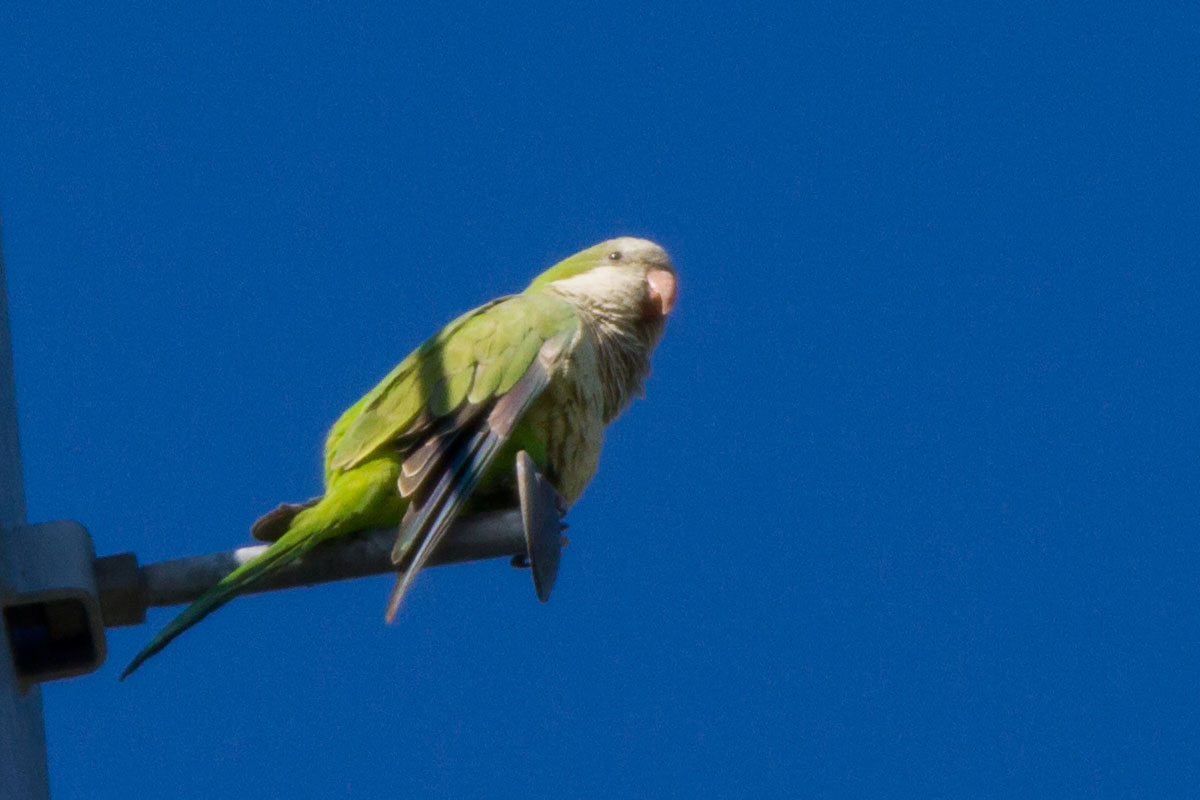
Monk Parakeet

Monk Parakeet

Red-necked Phalarope at Tonawanda WMA (third bird from the right in the foreground - behind and just to the left of the little sandpiper)
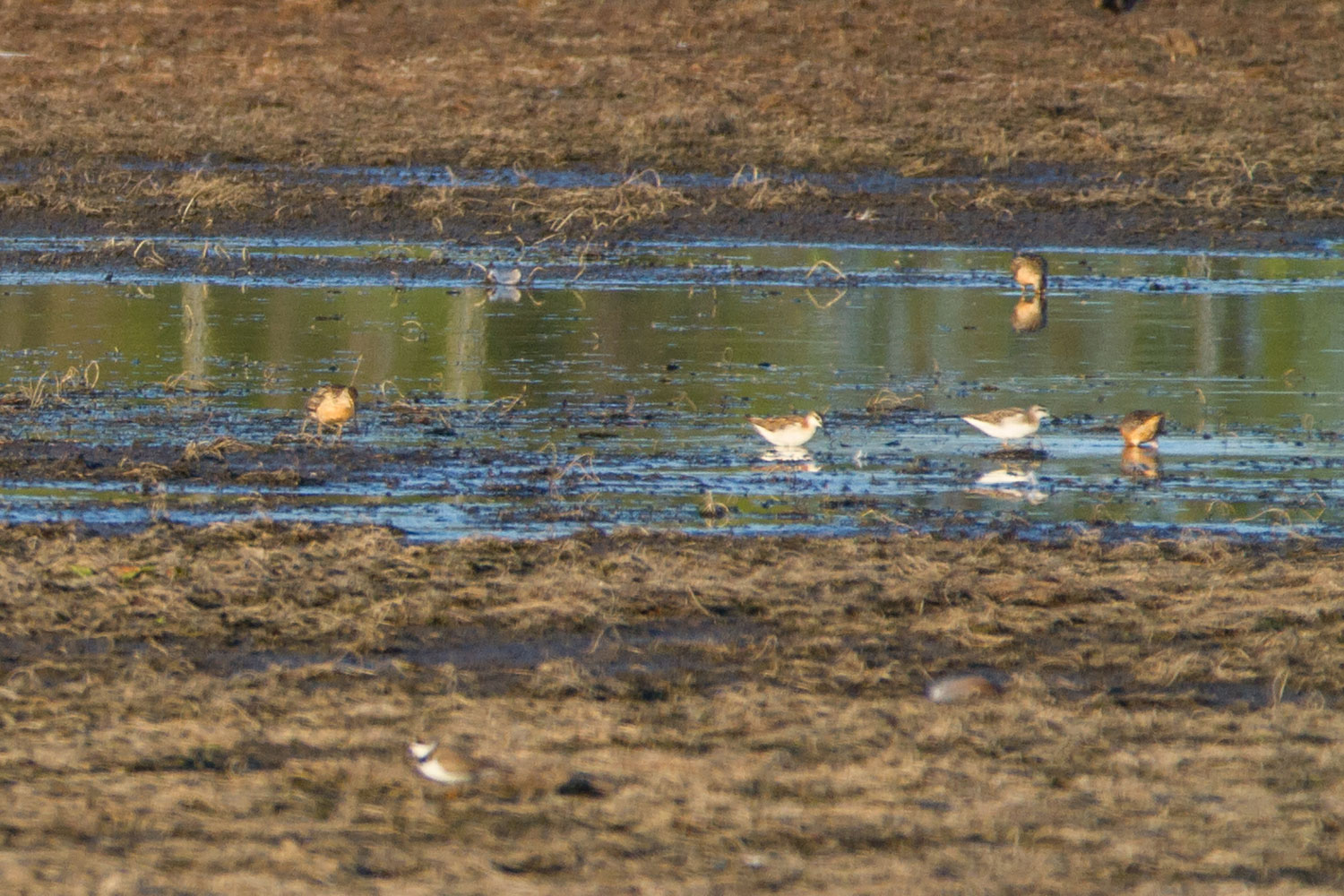
Two Wilson's Phalaropes among some Dunlin (the 2 lighter birds in the foreground, 2nd and 3rd birds on the left of the dowitcher on the far right)
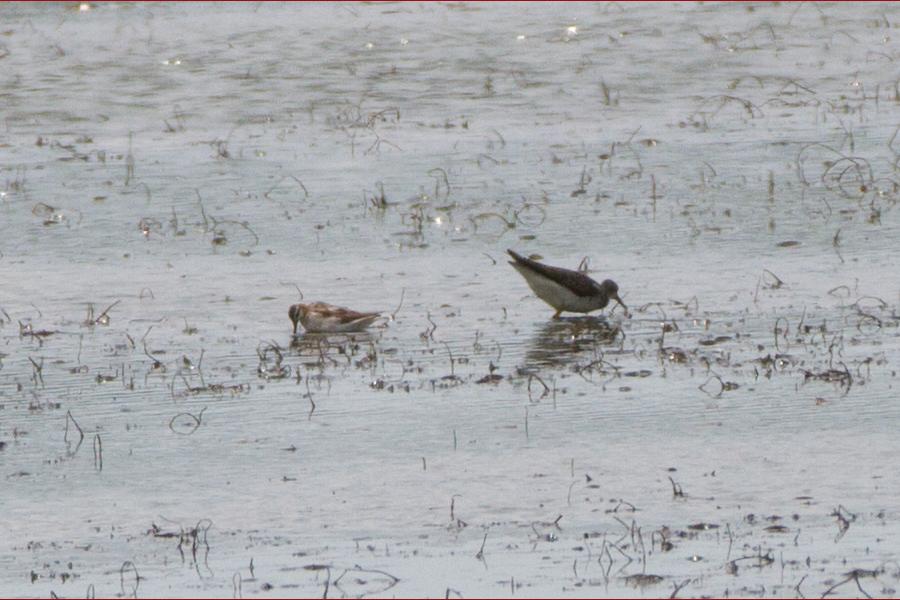
Wilson's Phalarope and yellowlegs

Short-billed Dowitchers

A Lesser Yellowlegs wandered closer enough for a photo
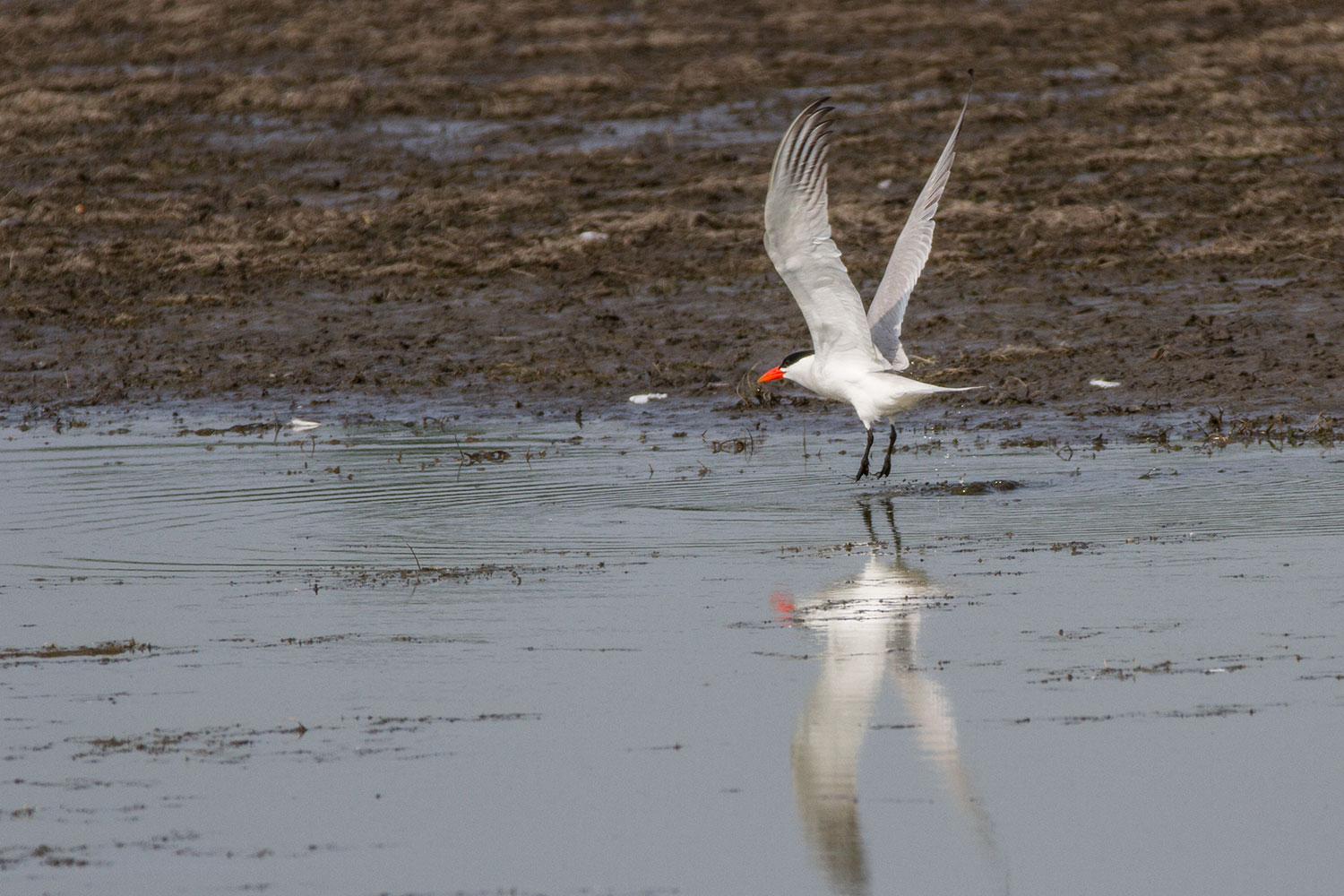
Caspian Tern
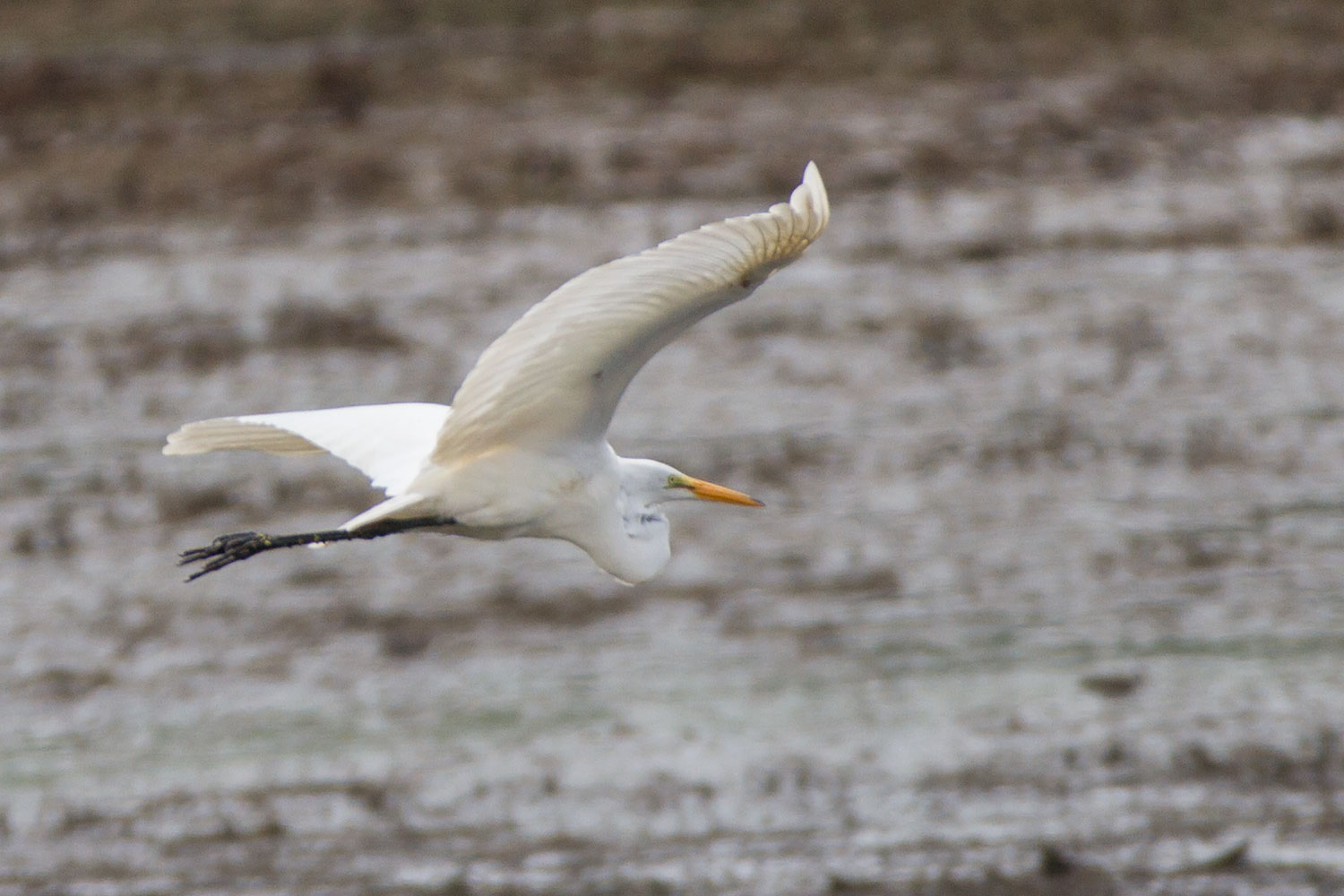
Great Egret
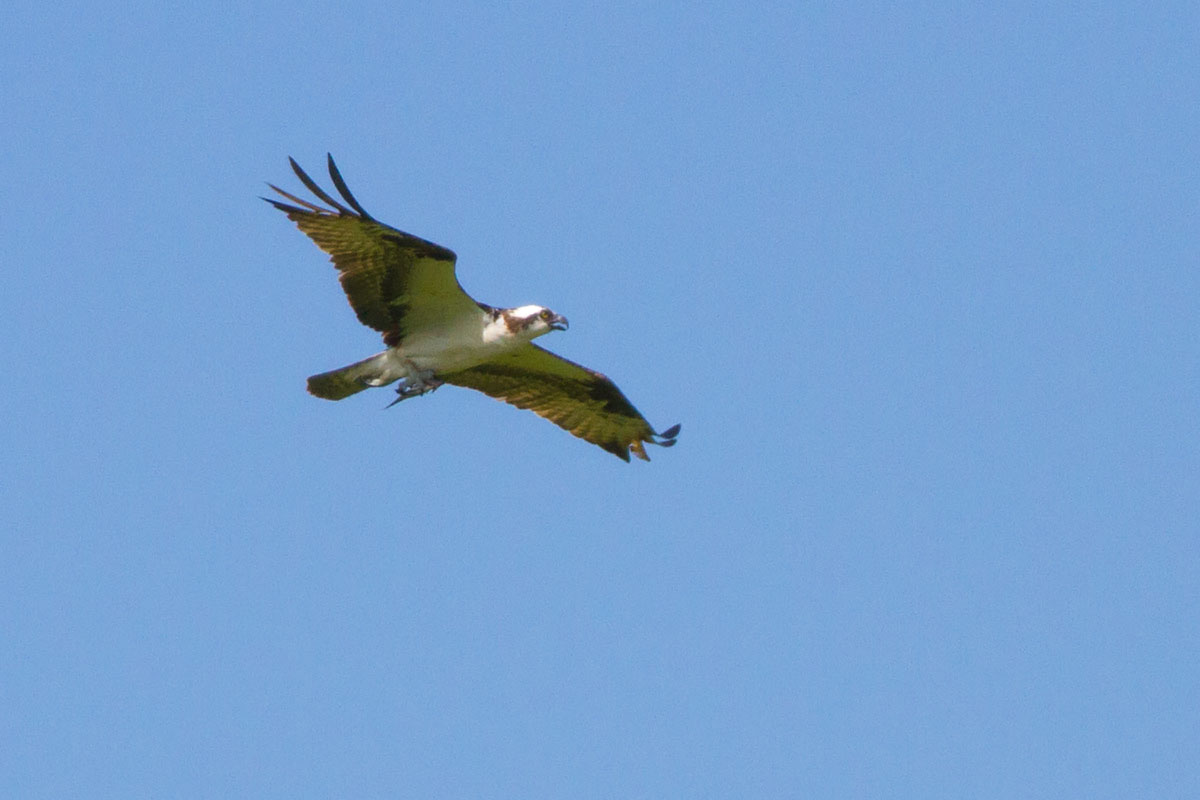
Osprey
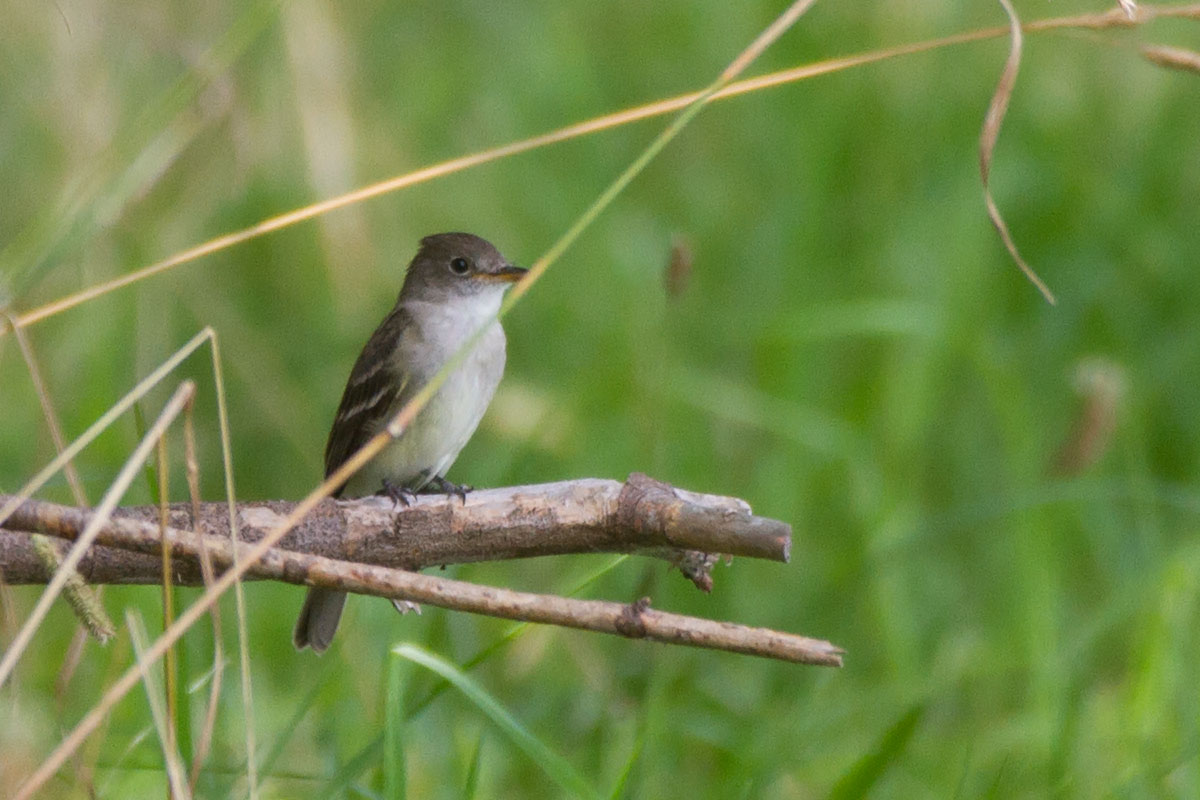
Willow Flycatcher
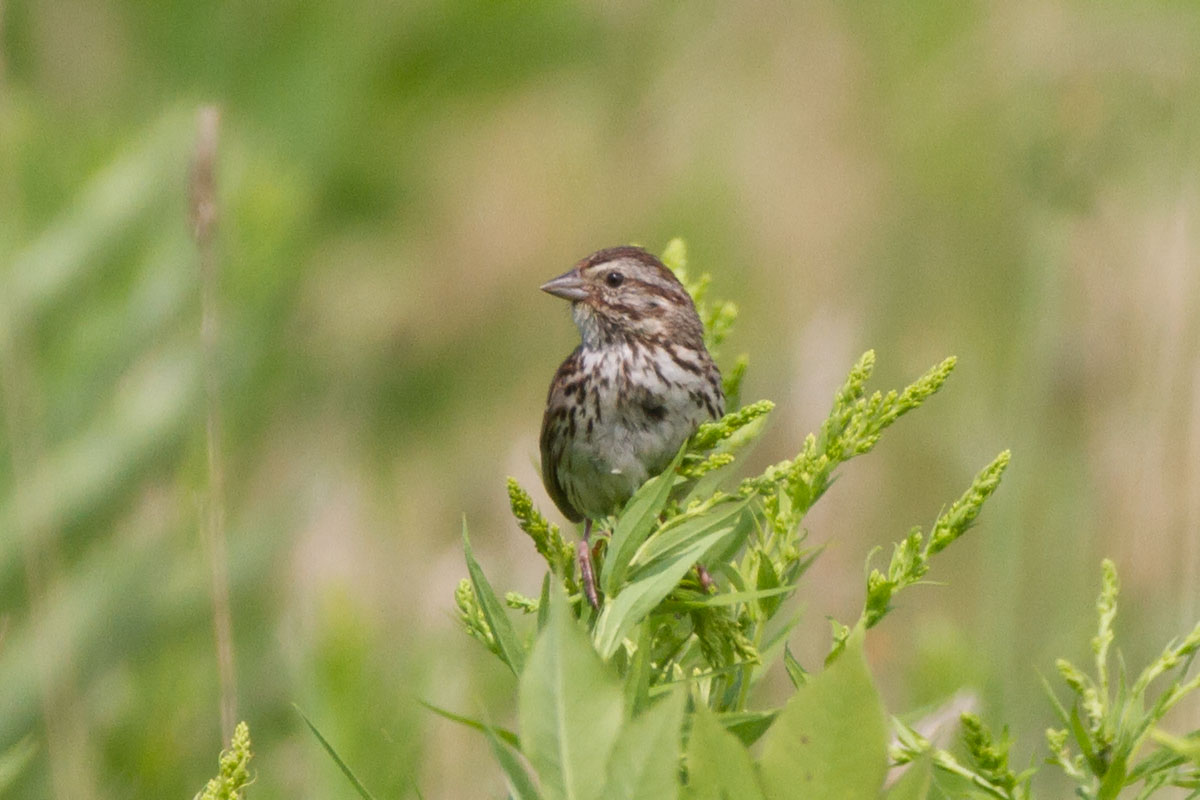
Song Sparrow
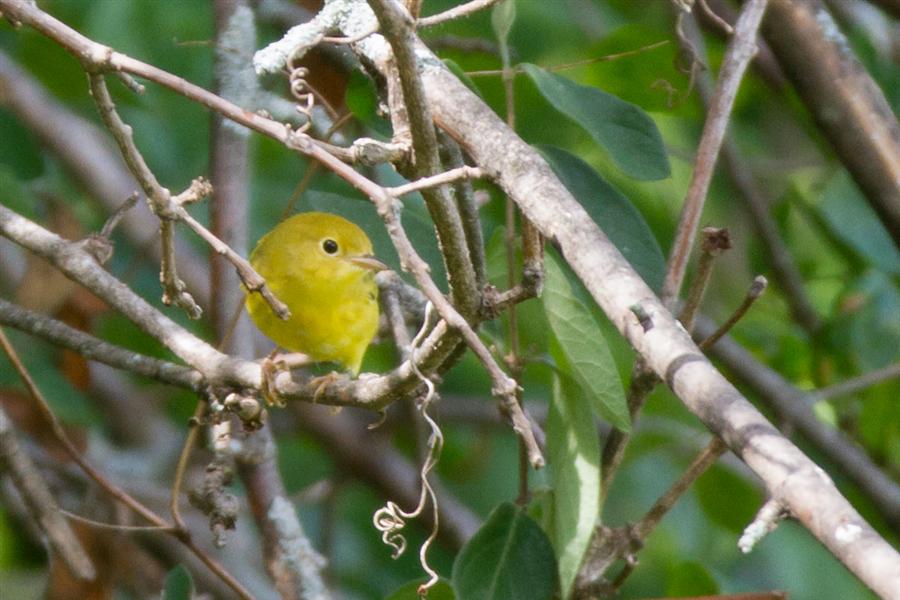
Yellow Warbler
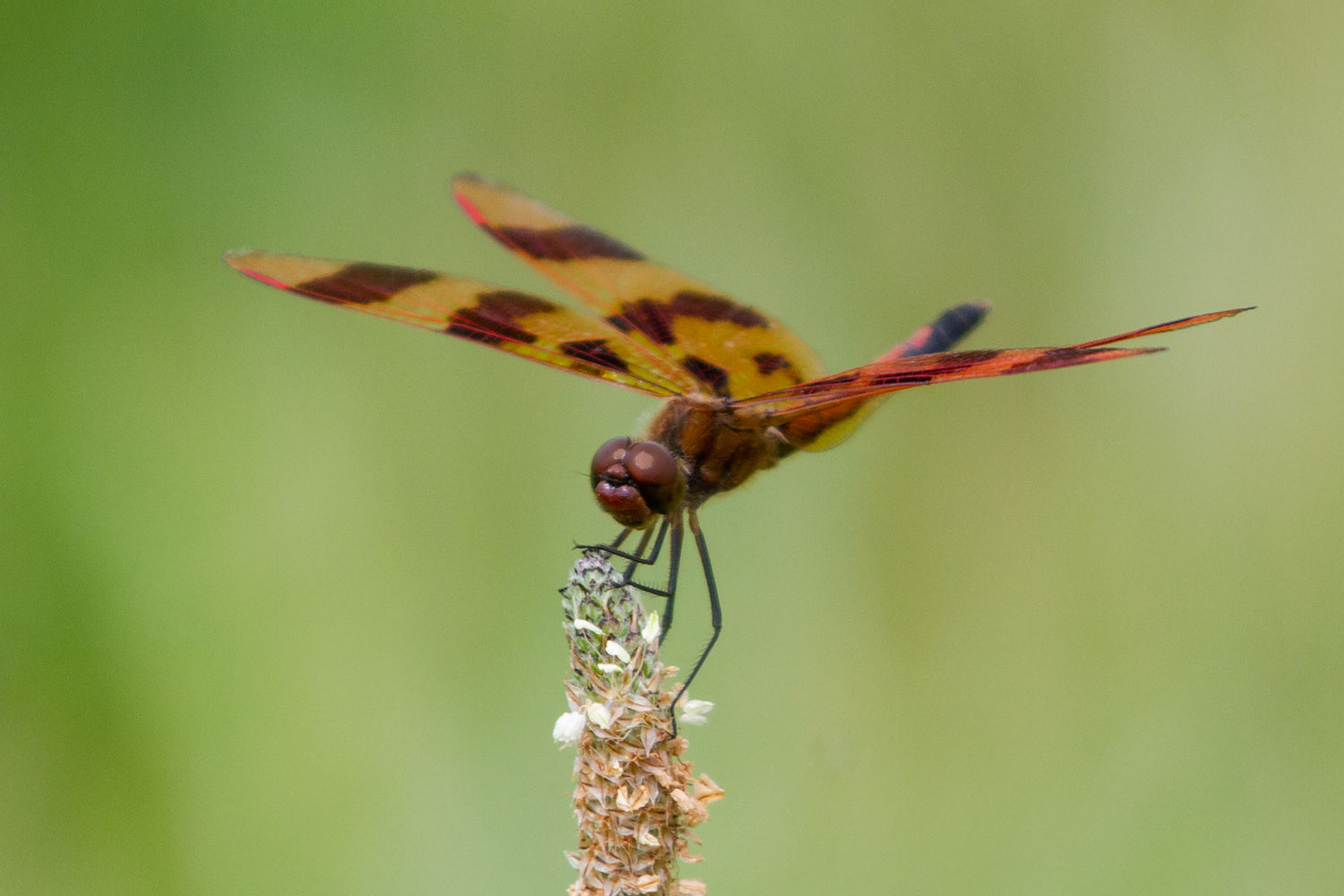
Halloween Pennant
Go Back
Go to Top